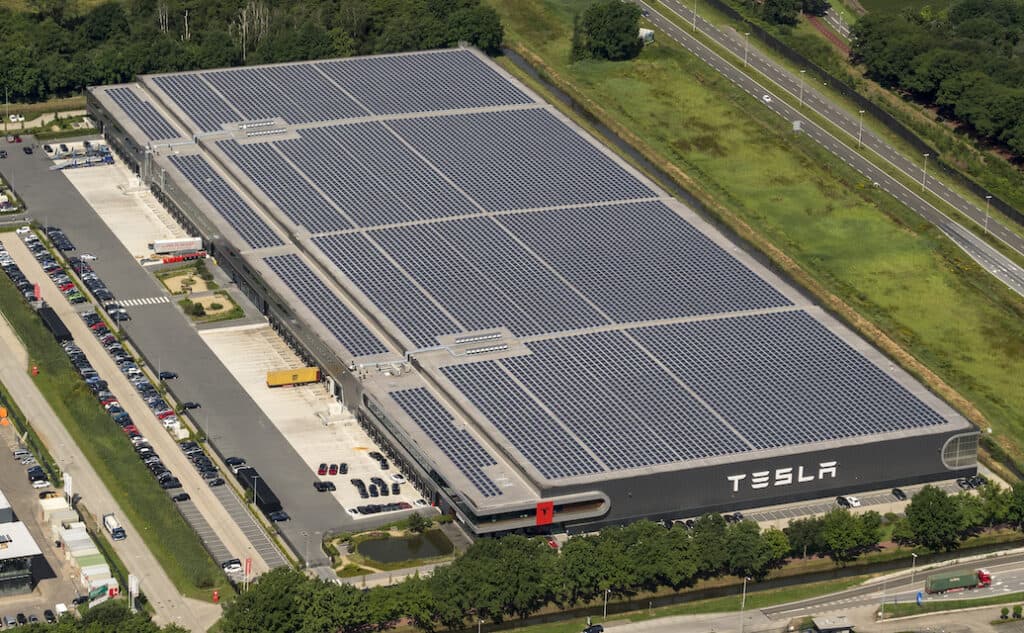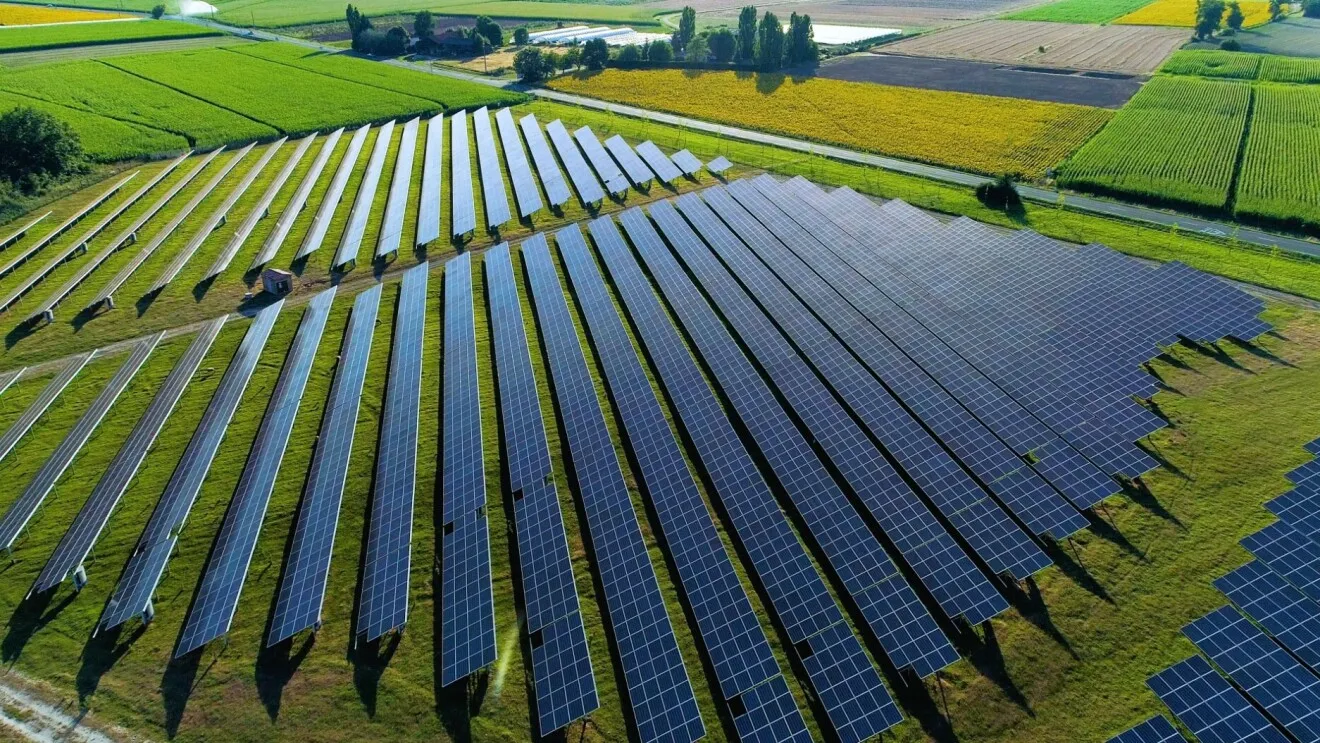The great Solar energy is expected to account for 60 percent of the increase in global renewable capacity in 2022, to more than 300 gigawatts. Two-thirds will be large-scale projects encouraged by policies in China and the European Union, says the IEA. A 300 Gigawatt electricity produced from fossil fuels is estimated to emit over 300 million tons CO2.
CO2 emissions avoided per 1 GW green energy is 1 million tons.
Global energy-related carbon dioxide emissions rose by 6% in 2021 to 36.3 billion tonnes, their highest ever level, as the world economy rebounded strongly from the Covid-19 crisis and relied heavily on coal to power that growth, according to new IEA analysis released today.
The increase in global CO2 emissions of over 2 billion tonnes was the largest in history in absolute terms, more than offsetting the previous year’s pandemic-induced decline, the IEA analysis shows. The recovery of energy demand in 2021 was compounded by adverse weather and energy market conditions – notably the spikes in natural gas prices – which led to more coal being burned despite renewable power generation registering its largest ever growth.
New onshore wind capacity is also expected to recover after slipping back in 2021, but the global rate at which new offshore wind installations are built will slow significantly, reflecting the end of subsidies in China which drove a record capacity surge in 2021.
Even so, China’s total installed offshore wind capacity globally is expected to surpass the European Union and United Kingdom combined by the end of 2022.
According to IEA, The number of households relying on solar PV grows from 25 million today to more than 100 million by 2030 in the Net Zero Emissions by 2050 Scenario (NZE Scenario). At least 190 GW will be installed from 2022 each year and this number will continue to rise due to increased competitiveness of PV and the growing appetite for clean energy sources.
Of the 1 TW installed, roughly 40% represents distributed PV installations out of which more than one-third are in the residential sector. Around 130 GW of PV systems are deployed by households, which account for approximately 25 million units.
This number should be increased fourfold and around the year 2030 the total number of units will reach 100 million. This could be achieved by maintaining today’s yearly installations rate.
The cost of equipment and installation has dropped more than 80% in the last decade and currently rooftop PV systems for households can be installed for around USD 1 per watt, which is a very competitive price.
Worldwide renewable energy employment reached 12.7 million last year, a jump of 700,000 new jobs in one year despite the lingering effects of COVID-19 and the growing energy crisis, according to a new report.
Renewable Energy and Jobs: Annual Review 2022 identifies market dynamics as major factors influencing employment generation in renewables, along with labour and other costs. Solar energy was found to be the fastest-growing sector. In 2021 it provided 4.3 million jobs, more than a third of the current global renewable workforce.
Discover more from Green Innovation News
Subscribe to get the latest posts sent to your email.





